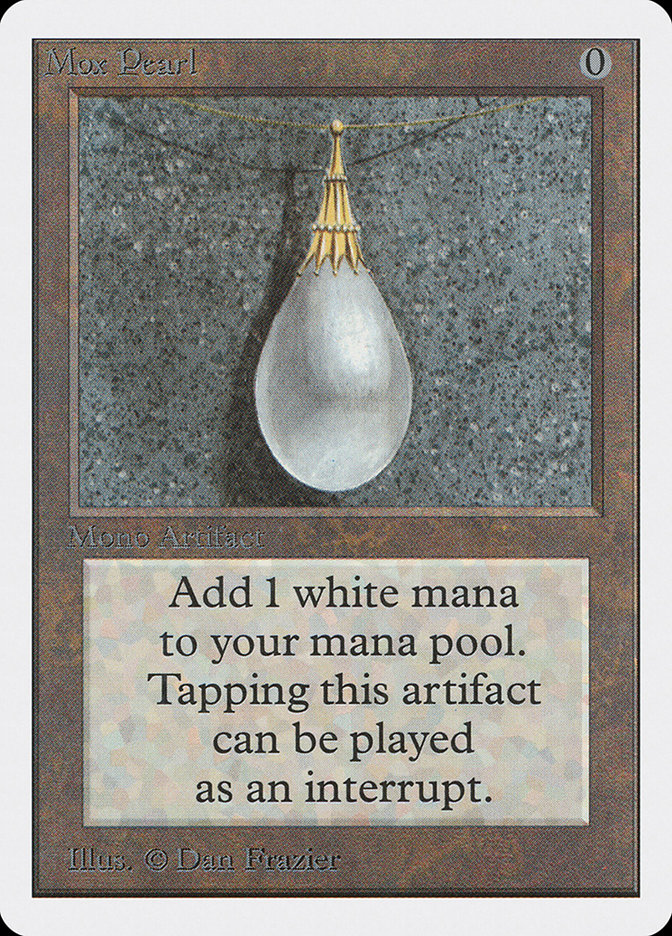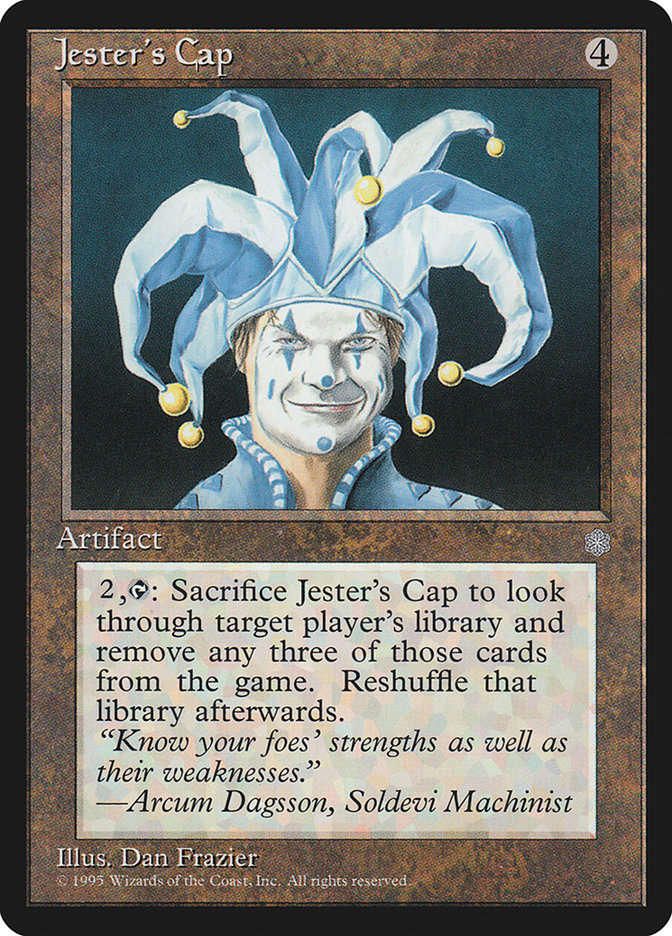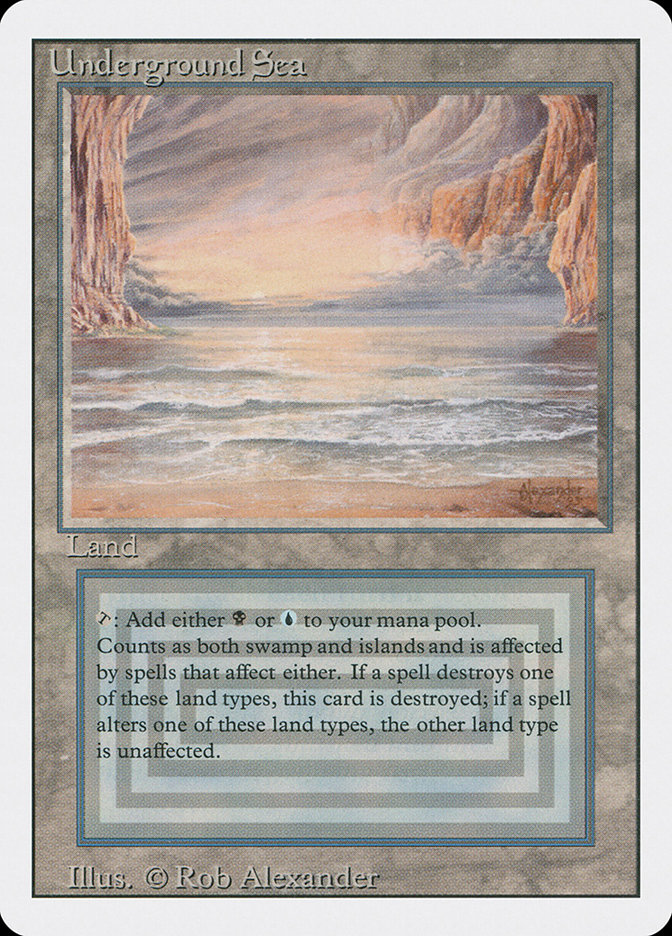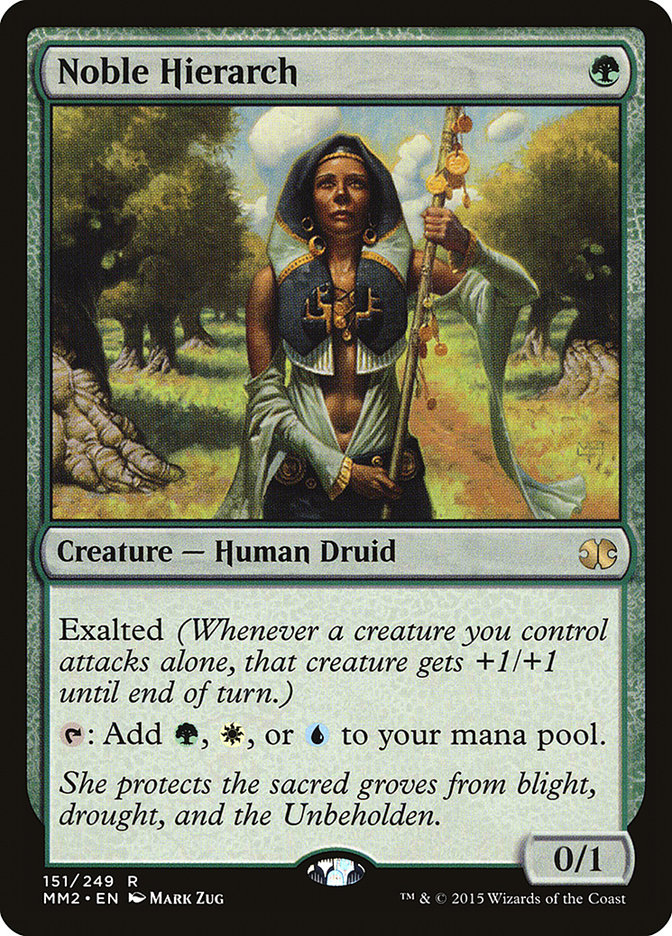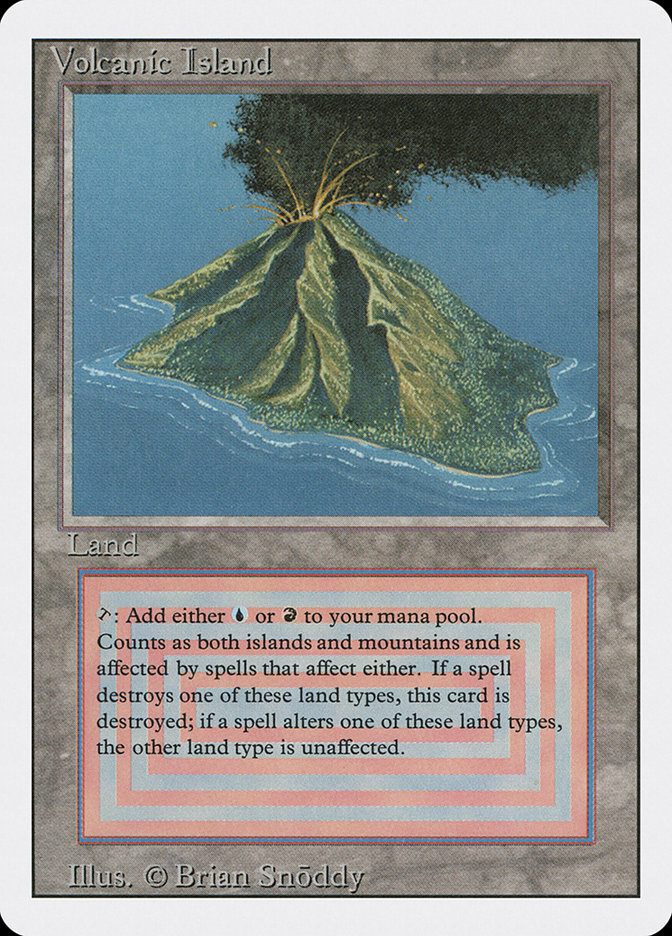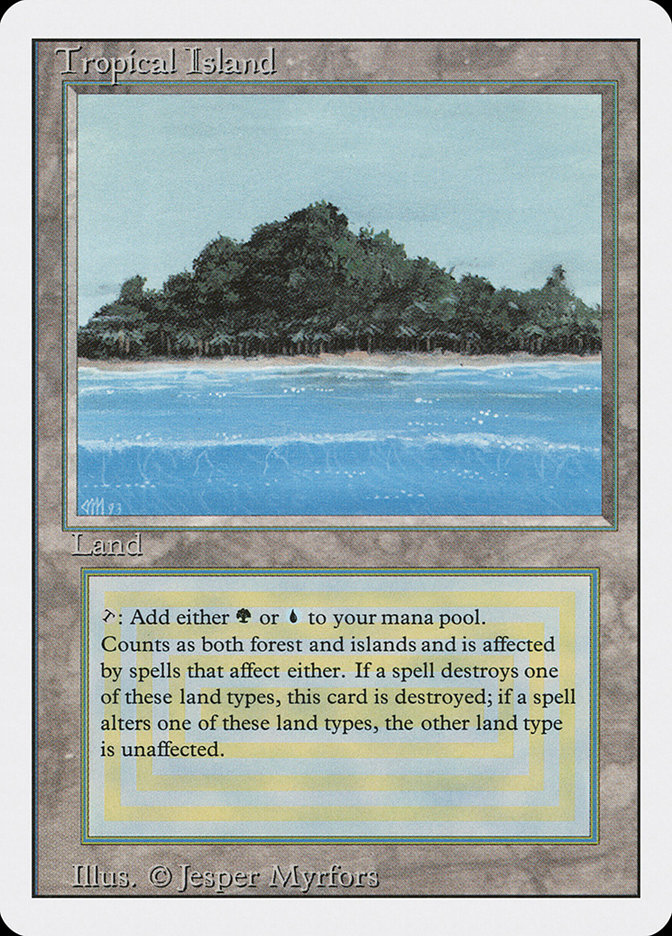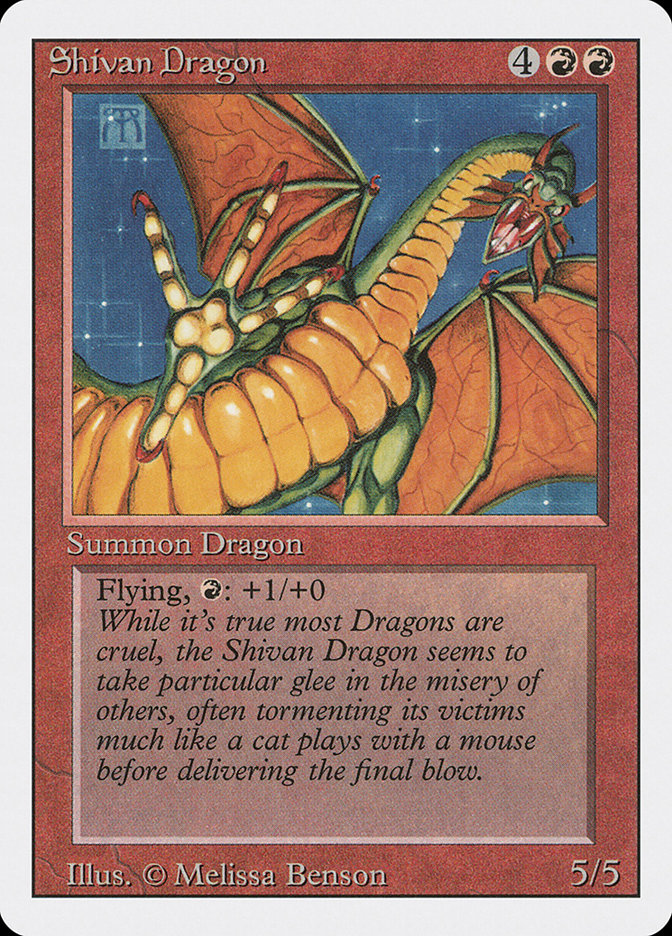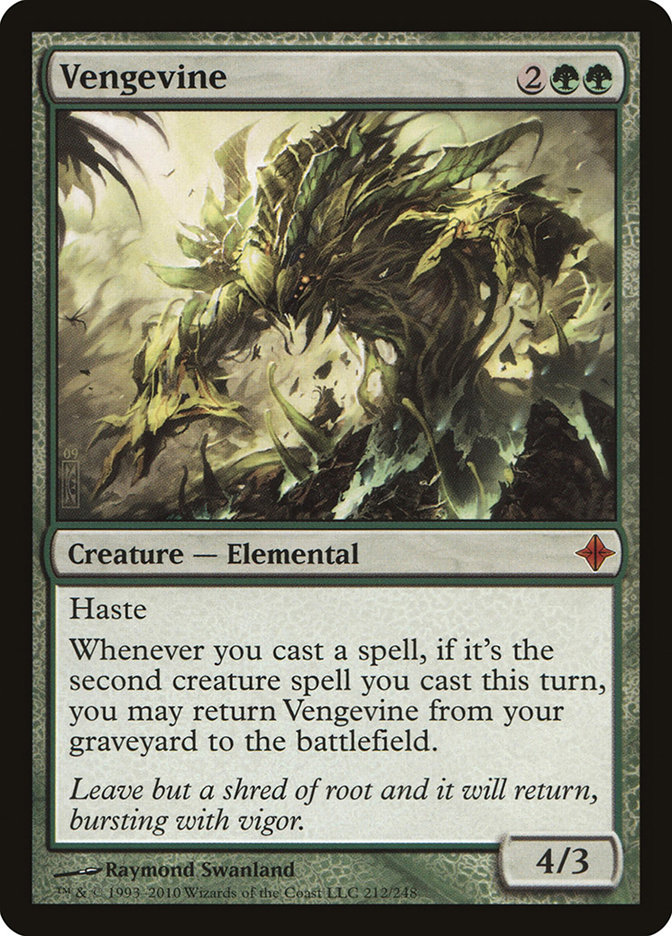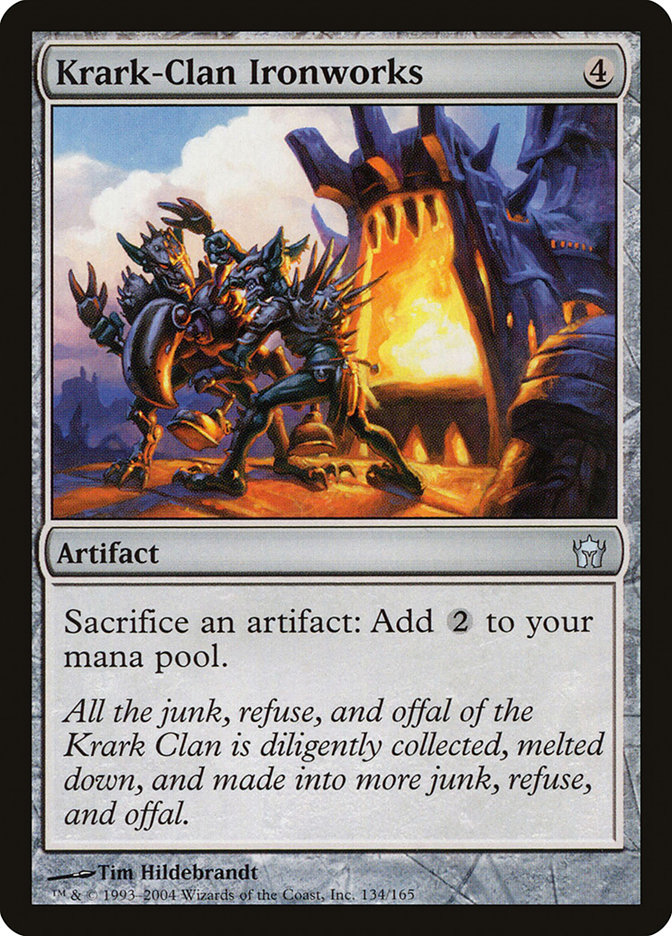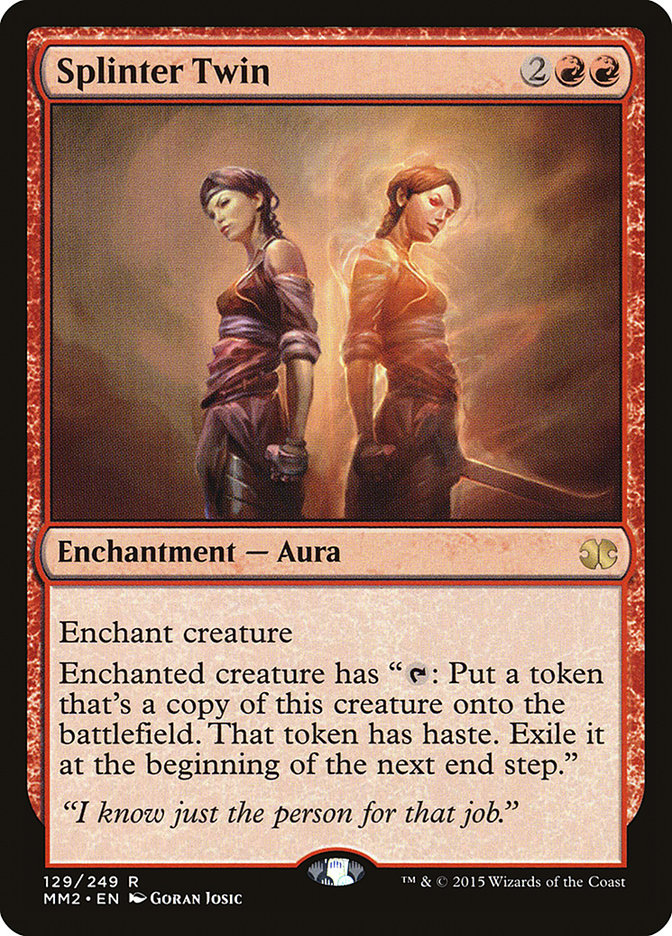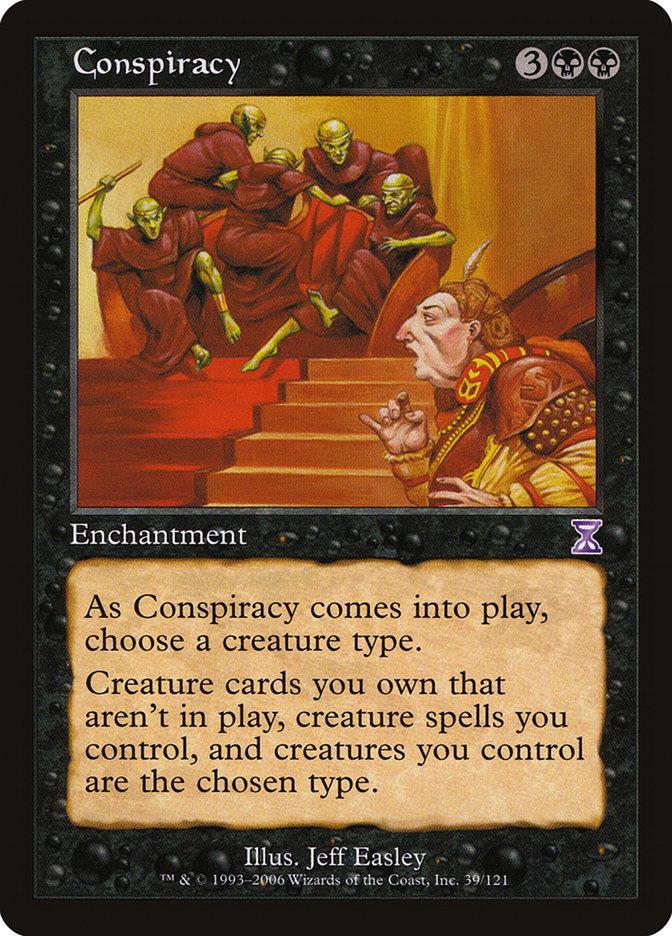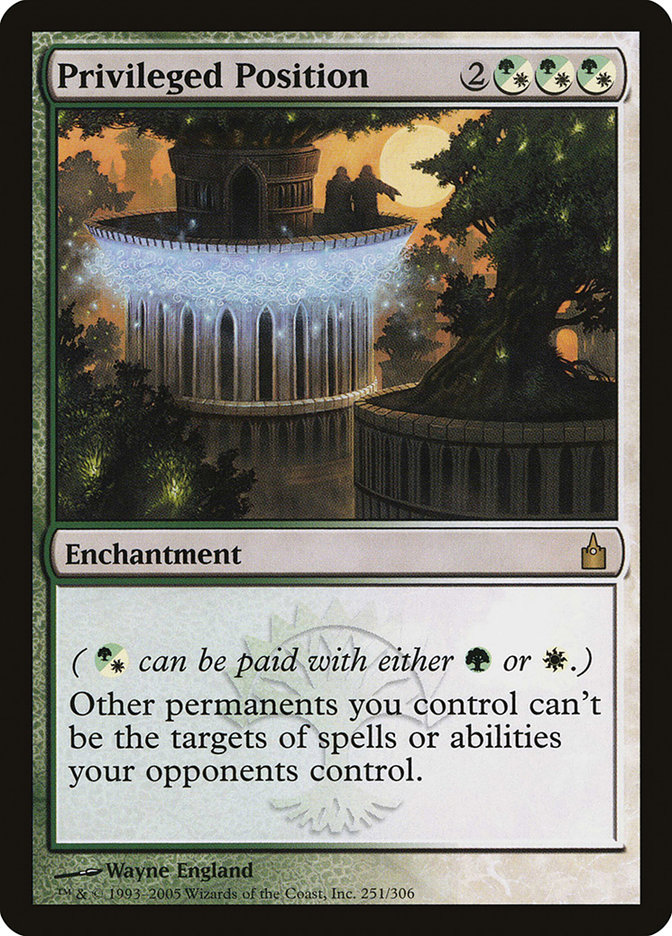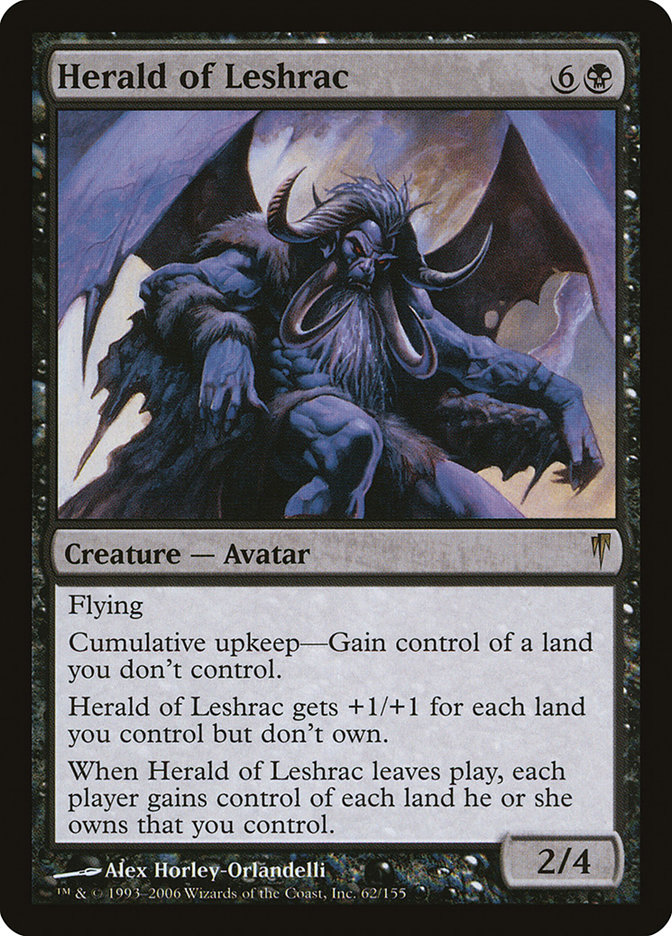You don’t have to be a finance expert to see that Magic is, always has been, and always will be an expensive game. Even if Wizards of the Coast doubles down on aggressive reprints like many in the community have been clamoring for, there will always be some top-tier cards that will require a serious investment.
All Magic finance mistakes are rough, but making a mistake on one of the game’s most expensive cards is especially gut-wrenching. For one, the stakes are exponentially higher. For another, the emotional consequences can cause a sour taste that lingers for years. Ask any long-time Magic player about their worst trade, and you’ll have to watch their shoulder slump and their voice crack as they recount the time they traded an Underground Sea for a Shivan Dragon, or a Mox Pearl for a playset of Jester’s Caps.
While most players are financially savvy enough to avoid making those sorts of mistakes these days—thank goodness—I still see plenty of people who operate under some pretty widespread misconceptions about how the market affects the game’s most expensive cards. Since we’re still a couple of weeks away from Guilds of Ravnica previews, I wanted to devote this week’s article to a topic that might save you hundreds and hundreds of dollars.
So join me, won’t you? We’re talking Legacy, Reserved List, and top-tier Modern staples today. Let’s begin with a topic that has already cost some of my friends quite a lot of money this year:
Misconception #1: “Reserved List cards never drop in price, so if I don’t buy whatever I need now, I’ll never be able to afford these stupid cards.”
This is a common misconception, and I think it results from a confluence of fairly benign effects:
1) With few exceptions, all Reserved List cards are more expensive today than they were a year ago. And they were more expensive a year ago then they were two years ago. And they were more expensive two years ago than they were three years ago…
2) Price trackers on sites like MTG Goldfish only measure sales, not listings, and they don’t register in-person sales at Grand Prix, Pro Tours, etc. This makes them a lot more accurate for cards bought by hundreds of people each day, like Teferi, Hero of Dominaria. They’re less accurate at measuring something like Underground Sea, where the card’s “value” as of this writing is listed at $796 despite the fact that it’s still possible to find Lightly Played copies in the $500-$550 range.
3) It’s always going to be a bigger story when an Old School card jumps from $20 to $100 than when that card slowly starts dropping back toward $50 over the next couple of months. That leads to a news climate where people pay attention to the spikes while ignoring the slow and steady drops.
It’s easy, then, to start panicking when you see an old card start to spike. In reality, though, throwing down your credit card at this point is no better than buying the latest hot Standard mythic right after it crushes a Pro Tour Top 8.
Consider the fact that the “book value” for Underground Sea jumped from $500 to $900(!) back in May. The card has dropped at least $100 since then, and SCG has a few HP copies listed for $600. It’s still more expensive than it was before the spike, but I’m still glad I didn’t buy any during that peak.
The same is true for loads of cards from Revised, The Dark, and other old sets that spiked back in April and May. While all of those cards are more expensive now than they were this time last year, most of them have dropped a whole bunch since their yearly highs. Even with Reserved List cards, patience often pays off.
Misconception #2: Between frequent Masters sets reprints and the fast-moving metagame, you should avoid buying cards from Modern’s top tier unless you absolutely need them.
In reality, Modern’s most expensive cards are among the safest investments in all of Magic. Let’s start by taking a look at the five most expensive cards in Modern right now:
1) Mox Opal. This card was last printed in 2015. That caused the price to drop from $60 down to $40, but it’s up to $110 now and is the most expensive card in the format.
2) Liliana of the Veil. This card was last printed in 2017. That caused the price to drop from $100 to $85. It spiked back to $120 when Bloodbraid Elf was unbanned and it’s still $90 right now despite the fact that it sees very little play in the format at the moment.
3) Engineered Explosives. This card was last printed in 2013. It kicked around in the $10 range for several years before becoming a more and more important part of the metagame. It has basically just gone up in price from there.
4) Karn Liberated. This card was last printed in 2015. It had a high of $50 before then, and bottomed out at $35. It’s $100 now.
5) Cavern of Souls. This card was last printed in 2017, causing a drop from $65 to $45. Obviously that was before Humans became the best deck in the format, and the card is far higher than it ever was before being reprinted.
Four of these five cards have been reprinted within the past three years and two of them were reprinted last year. While all of them lost value in the wake of their Masters set reprinting, they all rebounded to far greater heights once demand started to pick up again later. If a card is good, a Masters set reprinting is more like a speed bump in its price chart than a permanent loss of value.
Second, take a closer look at Liliana of the Veil. While this card was a crucial part of Modern’s top tier for months, that hasn’t been true for a while. The best Liliana of the Veil deck right now is Mardu Pyromancer. The second is probably Jund. And nobody plays Jund! This hasn’t stopped Liliana of the Veil from remaining one of the five priciest cards in the whole format.
Simply put, when a card becomes this valuable, changes in the metagame simply don’t cause the price to drop all that fast. If a deck falls off in popularity and you want to sell your staples, you’ll have plenty of time to do it. This is because it takes a long time for the market to fill up with extra copies. Most people who own a playset of Lilianas aren’t going to sell their copies – they’re going to shrug, assume that the card will be useful again in the future, and stick them in a box until that day comes.
The most expensive cards in a format also tend to be expensive because they see play in multiple top decks. For instance, Noble Hierarch went from being super-expensive because of Modern Infect to super-expensive because of Modern Humans.
Expensive cards aren’t risk-free, of course. You can get into some trouble with a card like Tarmogoyf, which was reprinted several times while simultaneously seeing a lot less play. But even with Tarmogoyf, the only people who got completely blown out were the ones who were very stubborn. While you’re probably not very happy if you bought your Tarmogoyfs at $200 back in 2015, you had plenty of time to sell on the way down. Worst case, you got to use them for several years and they’re still worth $70 each.
In my experience, the more expensive a card is, the more stable it is. There are some Reserved List exceptions—we’ll get to them in a bit—but I don’t know if I’ve ever really regretted dropping $50+ on any true format staples. I’ve lost money on some of them, certainly, but I’ve always had a chance to make at least 70-80% of my investment back. Mid-tier casual cards like Gilded Lotus, which dropped from $15 to $3 with the release of Dominaria, are far riskier to own.
Misconception #3: You need a massive collection of Reserved List cards in order to play Legacy.
I’m certainly not going to argue that Legacy isn’t too expensive, but the Reserved List isn’t the major culprit here. I decided to go through each of the twenty most popular Legacy decks according to MTG Goldfish and write down all of the Reserved List cards that you need for your collection. Here they are:
Dual Lands
- Underground Sea: Grixis Control, U/B Death’s Shadow, Grixis Delver, Ad Nauseam Tendrils, Esper Stoneblade
- Volcanic Island: Grixis Control, Sneak and Show, Grixis Delver, Temur Delver, Ad Nauseam Tendrils
- Bayou: B/R Reanimator, Ad Nauseam Tendrils, Four-Color Loam, Turbo Depths
- Badlands: Grixis Control, B/R Reanimator, Four-Color Loam
- Tropical Island: Temur Delver, Infect
- Tundra: Miracles, U/W Stoneblade
- Scrubland: Four-Color Loam, Esper Stoneblade
- Savannah: Four-Color Loam
- Taiga: Lands, Four-Color Loam
Other Cards
- City of Traitors: Sneak and Show, Eldrazi Stompy, Affinity, Mono-Red Prison
- The Tabernacle at Pendrell Vale: Lands, Four-Color Loam
- Intuition: Sneak and Show
- Null Rod: Miracles, Grixis Delver
- Lion’s Eye Diamond: Ad Nauseam Tendrils
- Mox Diamond: Lands, Four-Color Loam
- Drop of Honey: Lands
- Grim Monolith: Eldrazi Post
- Gilded Drake: Merfolk
This list is eighteen cards long. Eighteen. If we discount Lands and Four-Color Loam as being too expensive to even consider playing due to the nutty price of The Tabernacle at Pendrell Vale, we’re down to just thirteen problematic cards. It’s crazy that most of the discussion around the affordability of a format is due to the price of fewer than twenty cards.
Since there are so few cards causing so much consternation and it’s clear that the community’s “kill the Reserved List” crusade is nearing its second decade of futility, I have to wonder if there are better ways to push Wizards of the Coast toward making Legacy more affordable. I’ve long been a proponent of simply banning the original duals in Legacy, which would be a way of shaking up the format while shaving at least a thousand dollars off the price of every blue-based deck in the format at the same time. Nobody else seems to like that idea, though, so I’ve more or less given up on that idea.
I’ve always liked the idea of supplemental set reprints that can come close enough to replicating the effects of cards like Lion’s Eye Diamond and City of Traitors without stepping on the letter of the Reserved List, though they’d probably have to be coupled with a wink-wink ban on the actual cards or else decks like Eldrazi Stompy would simply run four copies of City of Traitors in addition to four copies of Town of Traitors or whatever.
This isn’t the most elegant solution, but since WotC seems to both hate the Reserved List and seemingly cannot do anything about it, a concerted community push toward one of these other fixes might work far better than throwing yet another tantrum about the list as a whole.
Misconception #4: All pre-Modern cards are incredibly scarce and could be worth infinite money in a few years, just like cards from Legends and Arabian Nights.
This misconception has been gaining more traction over the past couple of years, and it simply isn’t true. While we don’t have print run data for all pre-Modern sets, we do have it for some of them and we can estimate it for many others. I’ve based my figures on this thread, which has numbers that more or less jibe with what I’ve seen published elsewhere.
Here’s what we think we know:
There were 1,100 copies of each Alpha rare printed. This is an incredibly tiny number, and even fewer of these cards are still around. Even still, let’s use this figure as an anchor for the rest of our discussion. We’ll say that A (for Alpha) is equal to 1,100 and round to the nearest A. That way, the rest of our numbers will be smaller and therefore easier to grok.
- There are 2,100 (2A) copies of each Arabian Nights rare.
- There are 3,300 (3A) copies of each Beta rare.
- There are 6,700 (6A) copies of each Antiquities rare.
- There are 17,500 (16A) copies of each Unlimited rare.
- There are 289,000 (263A) copies of each Revised rare.
- There are 413,000 (375A) copies of each Homelands rare.
- There are 744,000 (676A) copies of each Fallen Empires rare.
As you can see, these numbers go up in a hurry once Revised shows up, which tracks with Magic’s transition from “that cool game you saw folks play when you went to Gen Con last year” to “every schoolkid in the country knows what a Shivan Dragon is.”
And the reality is that the stuff from the ABU era is probably even scarcer than this list makes it out to be. There was no such thing as a collectible card game back then, so there was no reason for anyone to keep these cards when they were done using them. By the time Revised came around, however, “Magic finance” was already a concept, albeit a nascent one.
The point I’m trying to make here is that just because there’s a robust collectors’ market for Alpha and Beta cards does not necessarily mean that the same will ever hold true for random bad cards from the Ice Age era. Sure, useful cards from this part of Magic’s history can and will spike in price, but I’ve seen people worried about the supply of cards like Wall of Kelp. This might become a problem a decade from now, but we should be so lucky. That card has already dropped $10 over the past month, and I expect the price to keep falling.
Misconception #5: The best way to build a new deck is to trade for the small stuff first and then work your way up to the most expensive staples.
While you may not think you believe this one, it’s a mistake that I see Magic players make time and time again. Even some of the most experienced players will swing a deal for, say, a playset of Gravecrawlers and then declare, “Well, I guess I’m building R/B Vengevine now!”
As we discussed earlier, the most expensive cards in a given format tend to be the most stable. They hold more of their value through a reprint, and they tend to be more resilient to shifts in the metagame. While I have no problem with anybody snapping up Gravecrawlers if they’re building Vengevine or they think that the card is underpriced for some other reason, people tend to underestimate the difficulty of actually getting “those last few cards” in a new Modern deck when more than half the value of most of these decks is tied up in just two or three crucial bottlenecks.
So what tends to happen is that eager beavers will trade for a couple of pieces from some exciting new deck (generally right after they see it perform well on stream and the prices are at their highest) only to give up once they realize, holy mackerel, Vengevine is itself a $50 card and Leyline of the Void is up to $60 and you need a playset of Arid Mesa and wait, how much is Blackcleave Cliffs these days?!
It’s a mistake to tell yourself “I’m two-thirds of the way to Vengevine!” when you’ve only spent about 20% of the money that you’re going to need to actually finish the deck. Worry about the small stuff once you’ve committed to the entire project and you’ve got a plan to get the expensive staples. Otherwise, you’re just trading into mid-tier Modern cards at a premium.
Misconception #6: Card prices from Alpha through Legends are totally bonkers and clearly unsustainable.
This is the flip side of the last Reserved List misconception we discussed, and it’s worth going back to that print run list and appreciating just how few cards from Alpha through Legends actually exist. Assuming about half of those cards survived and are still in the marketplace, all of the words I’ve ever written about, say, Transmute Artifact are referring to something like 3,000 total copies of the card, four of which I personally own. That’s totally wild, right? It’s remarkable that Wizards of the Coast just threw a Pro Tour that involved a format where cards that haven’t been printed for more than two decades are both still legal and still worth playing.
When dealing with numbers this small, anything can happen. A single collector cashing out their crypto portfolio can cause a run on the market. Heck, a single sale of a single card can create a seismic shift in demand.
So while I think that people are overrating the scarcity of cards in the Revised-and-later era of Magic, these ancient collectors’ items are completely detached from the rest of the market and should be treated as such. Any one of them can jump in price at any time for almost any reason. And when we talk about issues with “Reserved List cards” going forward, it’s worth clearly differentiating between cards from this era and cards from, say, Urza’s Saga. My guess is that there are at least a couple hundred copies of Serra’s Sanctum for every Transmute Artifact that still exists. And while those “newer” Reserved List cards could easily spend the next several months dropping in price, the oldest Magic cards aren’t likely to ever lose value.
This Week’s Trends
There was a Banned and Restricted List update last Monday, and the result—drumroll, please—was “no changes.” Ah well. We didn’t even get a clue as to what Wizards of the Coast was thinking this time around, so there’s no way of knowing whether we were even close to a Stoneforge Mystic unban or a Krark-Clan Ironworks ban.
This is pretty typical for a late August announcement, of course. In recent years, Wizards of the Coast has been pretty consistent about doing something for Legacy (if necessary) during the midsummer while shaking up Modern in January or February. They probably would have at least considered banning something in Standard had the format not been about to rotate, but Guilds of Ravnica should shake things up soon enough.
In the short term, some of the cards from Ironworks might climb a bit. Kark-Clan Ironworks is up about a ticket on Magic Online, which should translate to a couple of bucks in paper. I still think that this card might get the axe in January, but you’ll have plenty of time to sell before then if you want to buy in now.
I also highly recommend picking up some copies of Splinter Twin and Stoneforge Mystic come mid-October or so. While I doubt that either card is actually going to be unbanned, they’re clearly the top two community hype choices right now. You should be able to make a nice, safe profit selling these into the hype a week or so before the major winter Banned and Restricted announcement.
Speaking of Modern, did you see that U/R Wizards finished fourth at the SCG Classic in Dallas? Check out this list:
Creatures (16)
Lands (22)
Spells (22)

While I don’t think that U/R Wizards is in danger of shooting into Modern’s top tier or anything, it’s a totally sweet deck full of undervalued cards. Nimble Obstructionist is seeing more and more play in Modern, and there’s no way it should still be just $3. Wandering Fumarole is absurd value for less than $2, and it’s nice to see that Alpine Moon is finding some play. Core sets tend not to sell nearly as well as other expansions, so Alpine Moon could easily end up jumping from $1.50 to $5-$6 at some point over the next year or so. I’m absolutely buying a few sets at current retail.
I also think that it’s well worth your time to check out Ari Lax’s guide to Hardened Scales Affinity. I agree with his assessment that it’s a pretty good deck with a chance to be special, and I’m guessing that more than a few of you have a Ravager Affinity deck kicking around that hasn’t been optimal for a few months now. This is the answer to that problem, and I wouldn’t be surprised if several of its cards start to increase in value as the deck gains in popularity.
Over in the world of Commander, Conspiracy (the card, not the set) is up big this week thanks to the popularity of Yuriko, the Tiger’s Shadow. Privileged Position and Copy Enchantment are also on the rise thanks to the enchantment deck. I’m also starting to see some movement for Herald of Leshrac, one of the most fun Coldsnap cards in a lands-matter strategy. I wouldn’t be surprised if that one ends up over $10 at some point.


